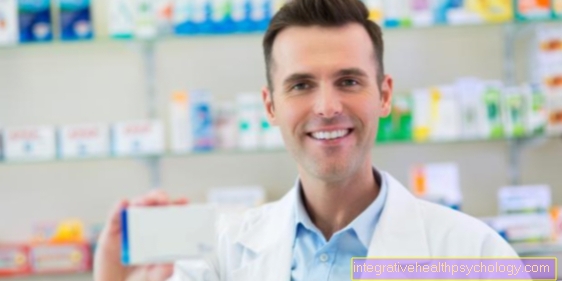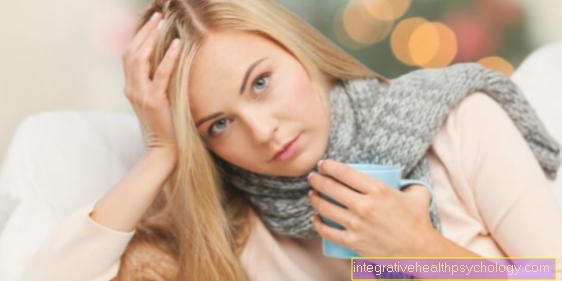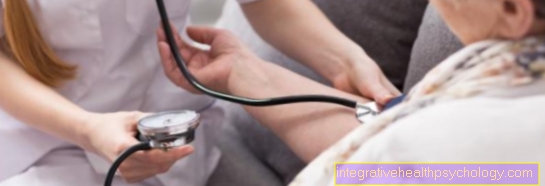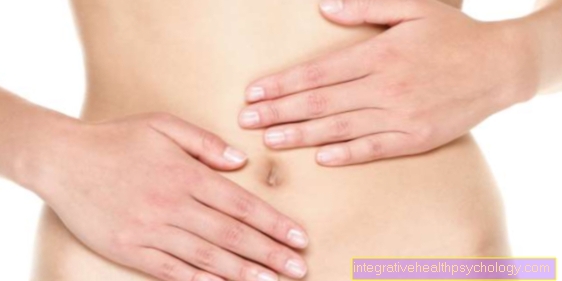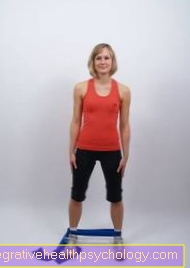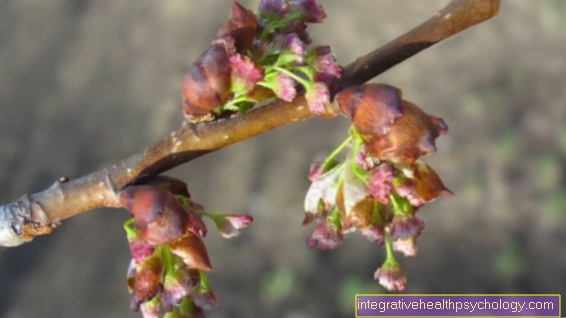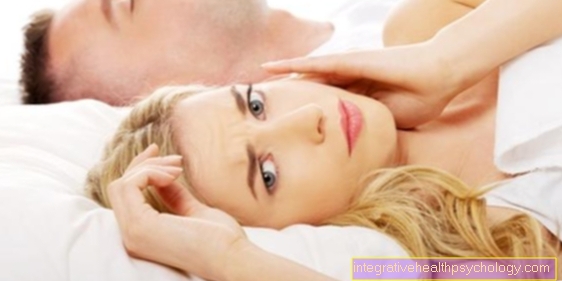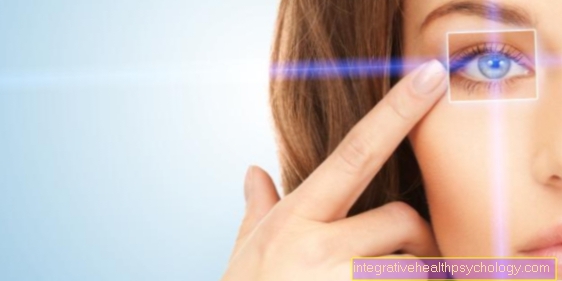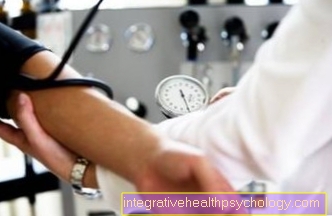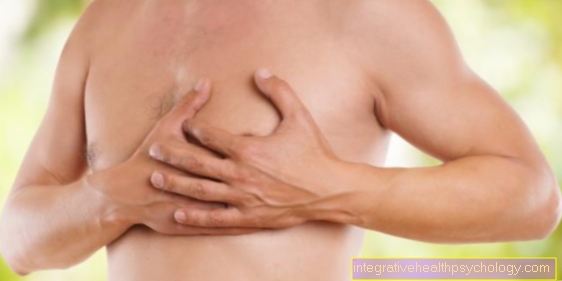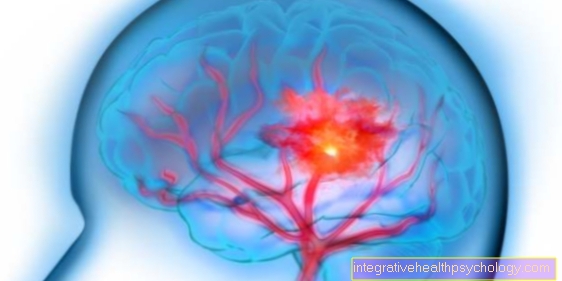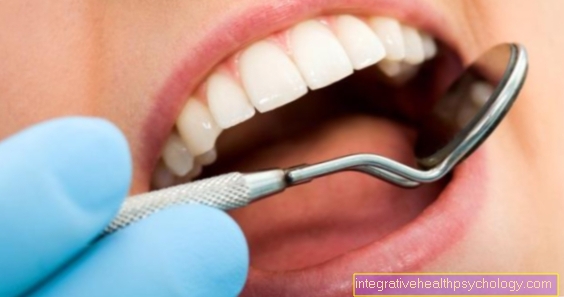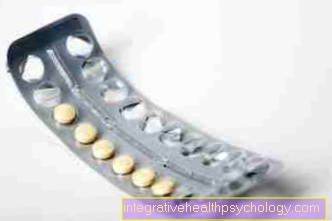Atopic dermatitis of the hand
definition
In general, eczema on the hand is very common. Neurodermatitis - also known as atopic eczema - occurs in bouts. This means that the eczema on the hand can recur again and again. Since the skin is much more sensitive in atopic dermatitis, the eczema can often be triggered by various substances such as cleaning agents or cosmetics.
If atopic dermatitis only occurs on the hands and nowhere else on typical parts of the body (such as the crook of the elbows, the hollow of the knees), an allergic contact eczema or a fungal disease should be considered as a differential diagnosis.

Possible causes
Why neurodermatitis occurs has not yet been adequately clarified, but it can be traced back to a genetic predisposition. In addition, various factors can trigger eczema. This includes exposure to dust, which can occur, for example, when cleaning or in very dusty rooms.
Hands that are too warm, for example when wearing gloves and sweating at the same time, can trigger eczema. Emotional strain and stress can also lead to neurodermatitis on the hands. Dry skin, as it often occurs in the cold winter months, can also provoke the appearance of eczema.
Since the skin of atopic dermatitis is very sensitive, contact with various substances such as cleaning agents, cosmetics, disinfectants, shampoo or scratchy clothing can trigger a rash on the hands.
Find out more about the topic here: Neurodermatitis.
Further information on the causes of atopic dermatitis can be found here: Causes of atopic dermatitis
The accompanying symptoms
Atopic dermatitis on the hands is accompanied by severe itching and dry skin. In addition to the rash, the skin can also thicken. So-called shiny nails or polishing nails can occur through constant scratching. The nails show a shiny surface. Furthermore, the fingertips can flake, which is also known as pulpitis sicca.
Various stigmata indicate a predisposition to atopic dermatitis: A double lower eyelid fold (Dennie Morgan sign), the thinning of the lateral eyebrows (Hertoghe sign) or a deep hairline can indicate neurodermatitis. It is also possible that in addition to neurodermatitis, those affected also suffer from asthma or a pollen allergy.
Often other allergies, such as to food, can also be found in those affected.
Read more about the topic here: Symptoms of eczema.
The rash as an accompanying symptom
The rash on the hands is also characterized by certain features. In addition to dry and very itchy areas of skin, a blistered, nodular reddening forms. Scraping causes crusts to form on the affected areas. The skin can also ooze.
Superficial skin defects heal and can then manifest themselves in hyperpigmentation. This means that these areas are darker in color than the rest of the healthy skin.
The itching as an accompanying symptom
The itching is very strong and is often a torture for those affected. The itching is usually so unbearable that the skin is even scratched with blood. It can become worse if there is a build-up of heat, for example when wearing gloves.
In order to prevent scratching as a reaction to the itching and thus further damage to the skin, treating the itch is very important.
The diagnosis
The diagnosis begins with the anamnesis, i.e. the questioning of the patient. Here you deal with skin rashes that have already occurred, also on other parts of the body. You should also find out when the rash first appeared. For many, this is the case as early as infancy.
Diseases such as asthma or allergic rhinitis (allergic runny nose) also provide information, as these diseases belong to the same group of forms as neurodermatitis. It is also important to inquire about the occupation of the person concerned, as certain occupations favor the occurrence of atopic dermatitis on the hands. These include, for example, the hairdressing, care and healing professions or work as a cleaning person. A family history is also important, as neurodermatitis has a strong hereditary component.
On the other hand, allergy diagnostics are carried out to find out what is causing the rash on the hands. For example, a blood test that may reveal an increased IgE antibody level can provide information about certain allergens: Often one finds specific antibodies against, for example, house dust, pollen or pets.
More information on the topic: You can find allergy diagnostics here.
The treatment
The treatment of eczema is very important. On the one hand, contact with triggering substances should be avoided. Adequate skin care is also an important part of neurodermatitis therapy to counteract dry skin.
Anti-pruritic agents, so-called antipruriginous agents, should also be used. If there is severe itching at night, antihistamines can be taken. Antihistamines block the so-called messenger substance histamine, which causes the symptoms of swelling, redness and itching.
Cortisone creams are essential to treat acute inflammation of the skin. However, these should not be used for too long as the skin becomes thinner due to cortisone.
Phototherapy with UVB radiation can be used for moderate eczema on the hands. However, it should be noted that this therapy increases the risk of squamous cell carcinoma.
Find out all about the topic here: Treating Atopic Dermatitis or These creams can help with atopic dermatitis
Ointments as a treatment option
To prevent eczema from breaking out on the hands, dry skin should be treated with creams. These include creams that are moisturizing or that bind additional water. These creams are known as emollients.
Creams containing cortisone are used to treat acute inflammation of the hand. Since the inflammation can only be reduced with difficulty by other creams, cortisone therapy is an important component in the treatment of acute eczema. Polidocanol cream has a numbing effect and can relieve itching.
Also read the article: Cortisone in atopic dermatitis.
Home remedies as a treatment option
The home remedies for neurodermatitis are primarily used to contain the itching, but can also increase the moisture of the skin and counteract dry skin. For example, aloe vera can relieve itching thanks to its cooling and soothing properties. For this purpose, gels that contain aloe vera can be used.
Apple cider vinegar has anti-inflammatory effects and can also reduce itching.However, the vinegar should not be applied to the skin pure, but rather diluted with water (1 liter with a tablespoon of apple cider vinegar). Hyaluronic acid gel allows the skin to bind more water and prevent dry skin.
Yoghurt and quark can also be applied to the hands, which also have a cooling and moisturizing effect. The yoghurt or quark are washed off again after they have dried on the skin. St. John's wort oil can soothe the skin areas affected by neurodermatitis. Taking evening primrose oil in capsule form can also alleviate the symptoms of neurodermatitis.
Since there are many home remedies for the symptoms of atopic dermatitis and not every home remedy helps all those affected, it must be tried out which home remedy provides individual relief.
more on the subject Home remedies for atopic dermatitis you'll find here.
These gloves are there and so they help
Since it is often not possible to simply change jobs or to neglect housework, contact with triggering substances should be avoided. Gloves should be worn when working with substances that trigger neurodermatitis on the hands. This prevents the substance from touching the skin. However, since wearing rubber or latex gloves, for example in the context of medical professions, can trigger neurodermatitis, it is important to wear the right gloves.
Cotton gloves that are pulled under the other gloves have proven to be effective. The sweat produced by wearing gloves is absorbed by the cotton gloves and prevents the skin from becoming irritated.
Gloves are also available that can be worn at night. On the one hand, they serve to ensure that the cream remains on the skin and is not wiped off while you sleep. On the other hand, the scratching stimulus that is triggered by the severe itching cannot be pursued with the gloves because the nails are not exposed. Thus, the skin is better protected and the eczema cannot get worse.
Gloves with silver
Gloves that contain silver fibers are sometimes offered. They should reduce the symptoms of neurodermatitis. For one, these can be worn at night to relieve itching. In addition, the gloves are said to have an effect that is supposed to accelerate the healing of affected areas of the skin.
The silver also has an antibacterial effect, preventing the spread of bacteria on affected areas of the skin.
Why are the palms of the hands particularly affected?
Atopic dermatitis on the hands is often triggered by contact with external factors. Since the palms of the hands are used for grasping, a rash often occurs here. In general, however, the palms of the hands and the back of the hand are affected, especially when it comes to triggers that affect the entire hand.
The duration and forecast
The duration of a relapse depends on the one hand on the severity of the eczema. On the other hand, the duration depends on the time until the treatment. If the eczema is left untreated, it may persist for several weeks or not go away at all until treatment.
Since eczema is triggered by certain factors, the triggers should be avoided. If it is not avoided, the rash on the hands will keep coming back. In some cases - especially if atopic dermatitis occurs in childhood - the outbreak of eczema can disappear again in adulthood. Often times, these rashes keep coming back.
Read more about the topic here: Can you cure neurodemitis?

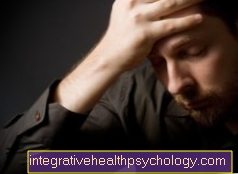


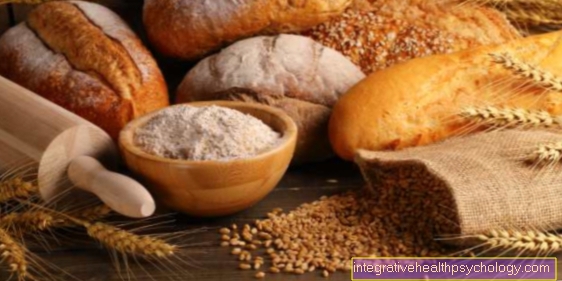
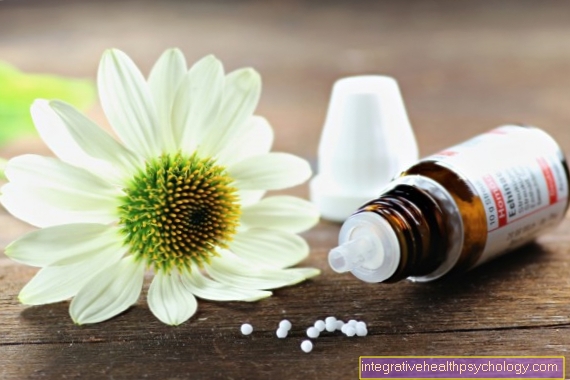
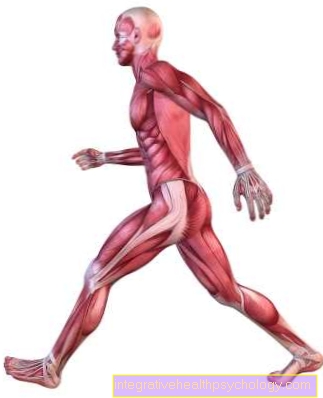
-de-quervain.jpg)
